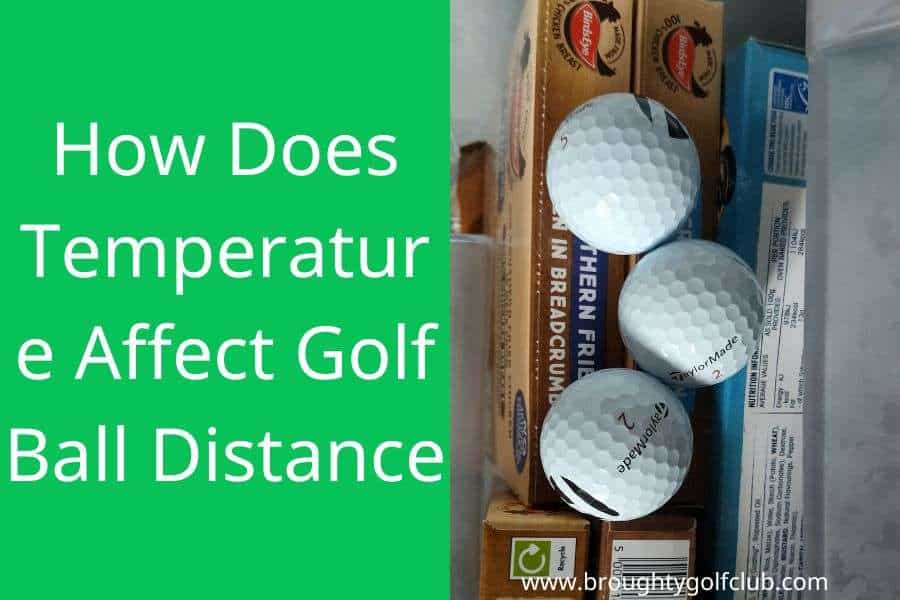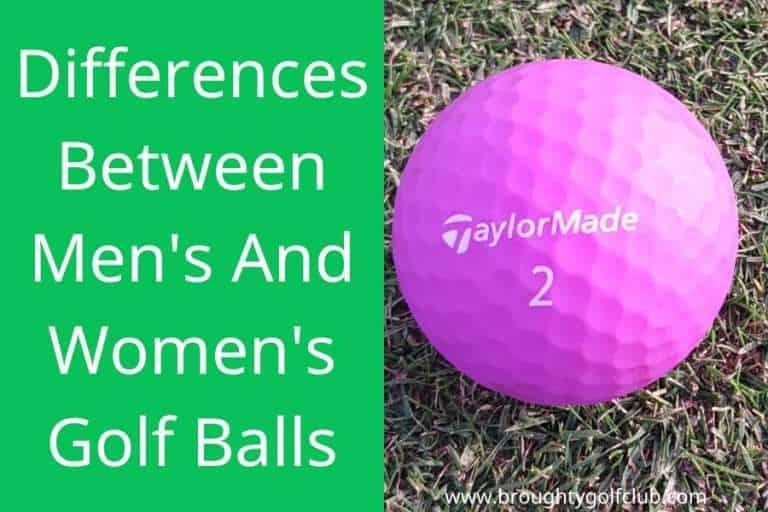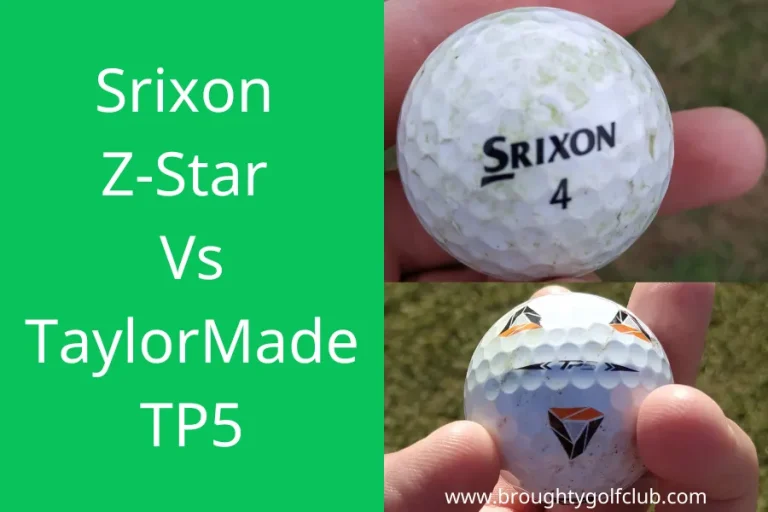How Does Temperature Affect Golf Ball Distance?
The temperature of your golf ball and the ambient temperature on the day you play can have a significant impact on how your ball performs during a round.
Dean Snell, who knows a thing or two about designing balls said “When the golf ball gets colder, it can lose a few miles per hour in ball speed, which can mean distance loss due to speed.”
Cold air is denser than warm air and that will mean your ball won’t travel as far too.
Add in the fact you have probably wrapped up in lots more clothing and you can see why it’s harder to hit the ball a long way on a freezing January morning!
How Does Temperature Affect the Core of the Golf Ball?
The core of the golf ball doesn’t react as well as the temperature is lowered. This is the engine of the ball that gets you your distance. If its not firing as well then quite simply the ball won’t fly as far.
At lower temperatures, the ball can feel a little harder and some players, even major champions, might change to a softer model.
Phil Mickelson for example is quoted as saying: “I’ve changed to softer, lower compression balls when it is cold. A softer ball compresses more easily in the cold.”
If it’s good enough for him maybe you should give it a try!
It’s worth noting however that the minimum acceptable range for most rubbers is -50°F (-45°C). However, the chances of you playing in those sorts of temperatures is pretty slim I would have thought. I doubt my playing in the cold but once the temperature drops too low the greenkeepers will probably bring in temporary keys and temporary greens making it all a bit pointless anyway.
There have been scientific studies that back up the lower performance of golf balls in cold temperatures.
Does Temperature Affect Golf Ball Spin Rates?
There’s not been an awful last of testing done but mygolfspy did do a test towards the end of 2021. They left the number of balls at room temperature, a number were placed in a freezer for six hours and another group was left in the blazing desert sun.
While the difference between the balls left at room temperature and the warmer balls was fairly minor that could not be said for the balls stored in the freezer.
Ball speed dropped by around 6 mph and spin rates went up significantly by around 500 rpm on average. Combined with a lower launch the higher spin caused a 21-yard loss in distance.
While no one is suggesting you should store your balls in the freezer, in certain parts of the world you’re likely to be playing in fairly cold temperatures and could quite easily see sub zero temperatures in your garage or car where you store your equipment. While probably not quite as extreme as a freezer you will clearly see some performance drop-off if you store your balls at lower than room temperature and then head to the course on a cold day.
“When the golf ball gets colder, it can lose a few miles per hour in ball speed, which can mean distance loss due to speed.”
Dean Snell
How Much Distance Do You Lose In The Cold?
Trackman found that for every 10 degrees you would lose around a yard of carry. So If you normally don’t venture out to play unless it’s 70°F (21°C) and then decide to play when it’s 40°F (4°C) then you’ll be losing around 3 yards on every club. This will be down to greater air density which creates more drag and a loss of ball speed due to the way the ball will react.
Best Golf Balls For Cold Weather
Golfers might be advised to find a lower compression version of a ball they already like. There won’t be any particular ball that does that much better in the cold. It will depend on your swing too.
To an extent, it also matters how committed you are to playing in colder weather. I always considered the winter months as more of an exercise rather than pure golf since you are often dealing with temporary greens and tees plus strong wind and rain.
If you’re playing a parkland course during the fall then you’ll probably find it quite easy to lose balls in the leaves even when you hit a good shot. That was just one reason why I tended to favor budget balls as there was a change in temperature.
How To Prevent Distance Loss In Cold Weather
it’s important to remember that the rules of golf prohibit heating golf balls during your round. While you can try keeping a ball in your pocket for a few holes to warm it up before switching for the one in play there’s actually little evidence to suggest that works. The ball will adjust quite quickly to the temperature changes.
Some players have tried heating up balls before the round, which is allowed, but that was mostly in the days of balata balls.
The only practical thing you can do is try to keep yourself as warm as possible so that your muscles are loose and are working as effectively as they can. Make sure that you do a decent warm up before the round and do your best stay warm during it.
Avoid wearing bulky clothing if possible. Try to use multiple layers that you can easily add as the weather changes.
How Does Temperature Affect Golf Ball Distance: Conclusion
Unfortunately, you can’t really mitigate how the weather affects the performance of your ball the factors involved mean you just won’t hit the ball as far in cold weather.








